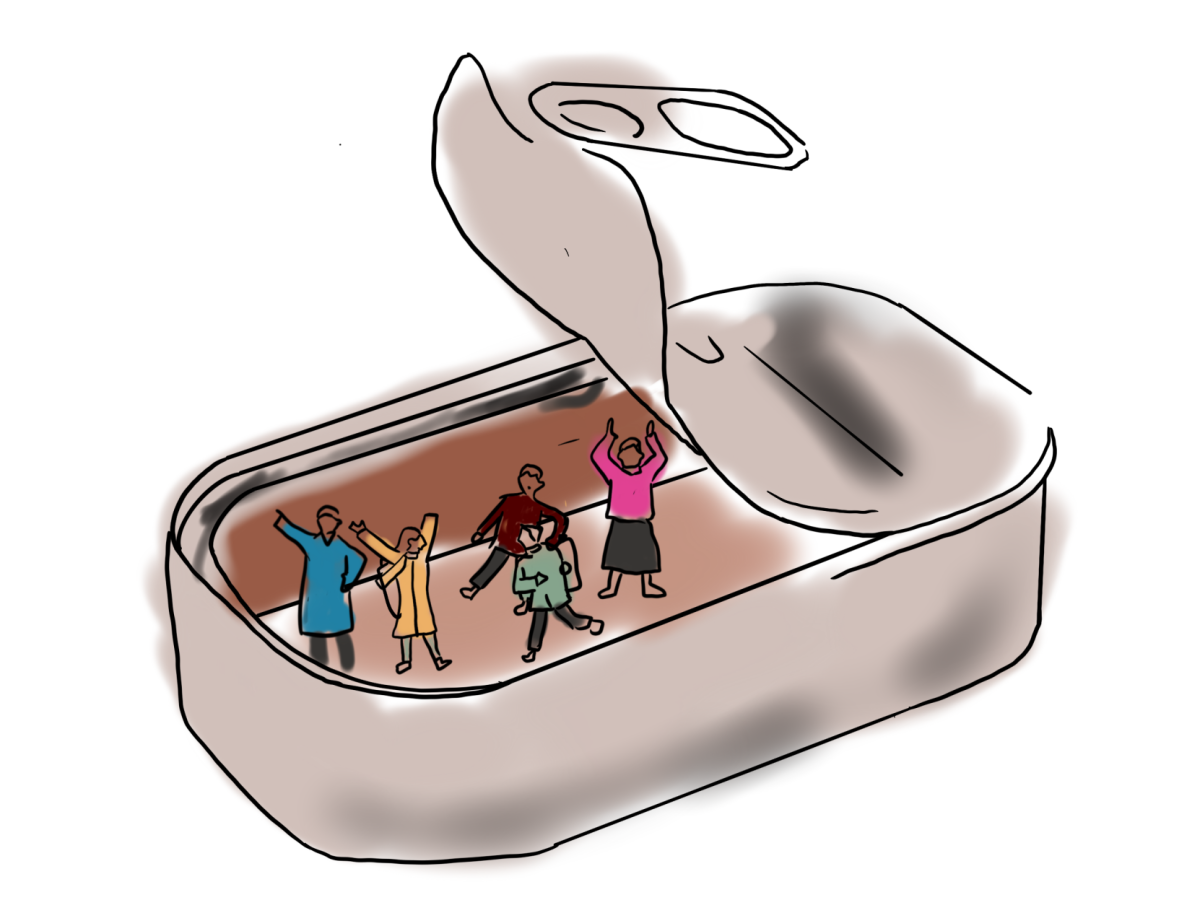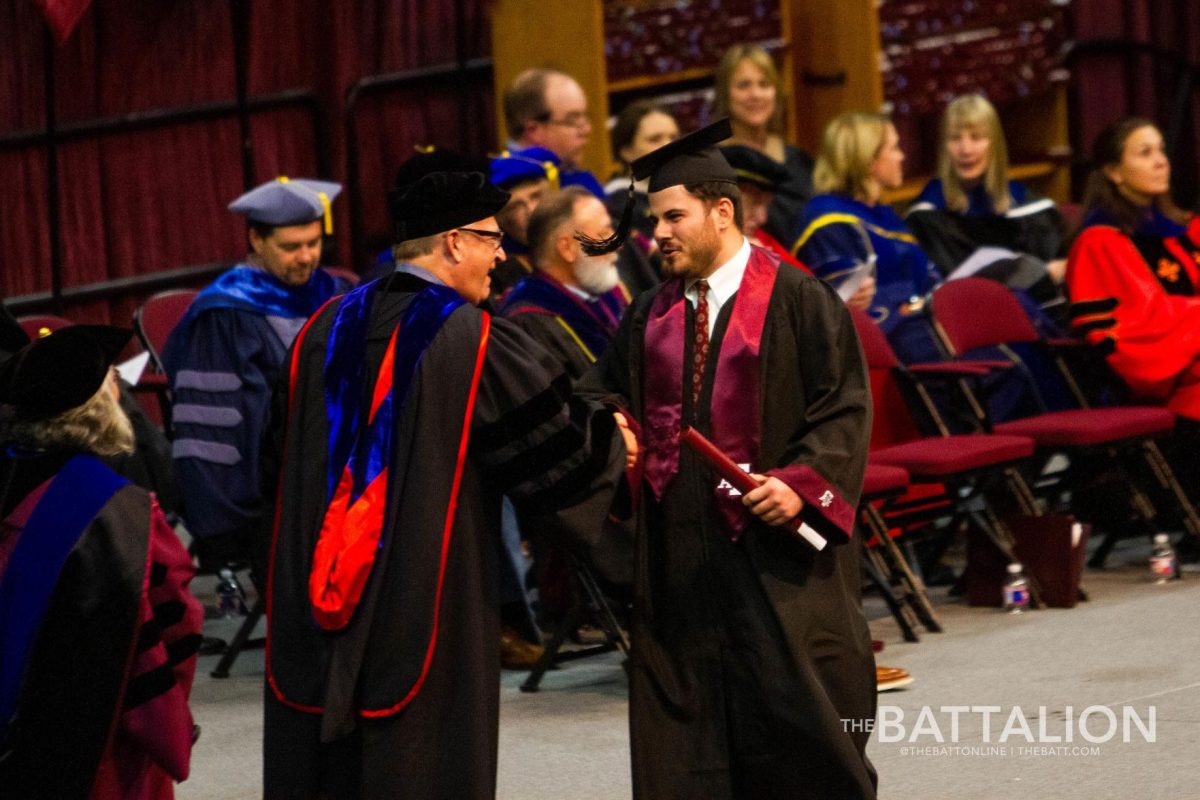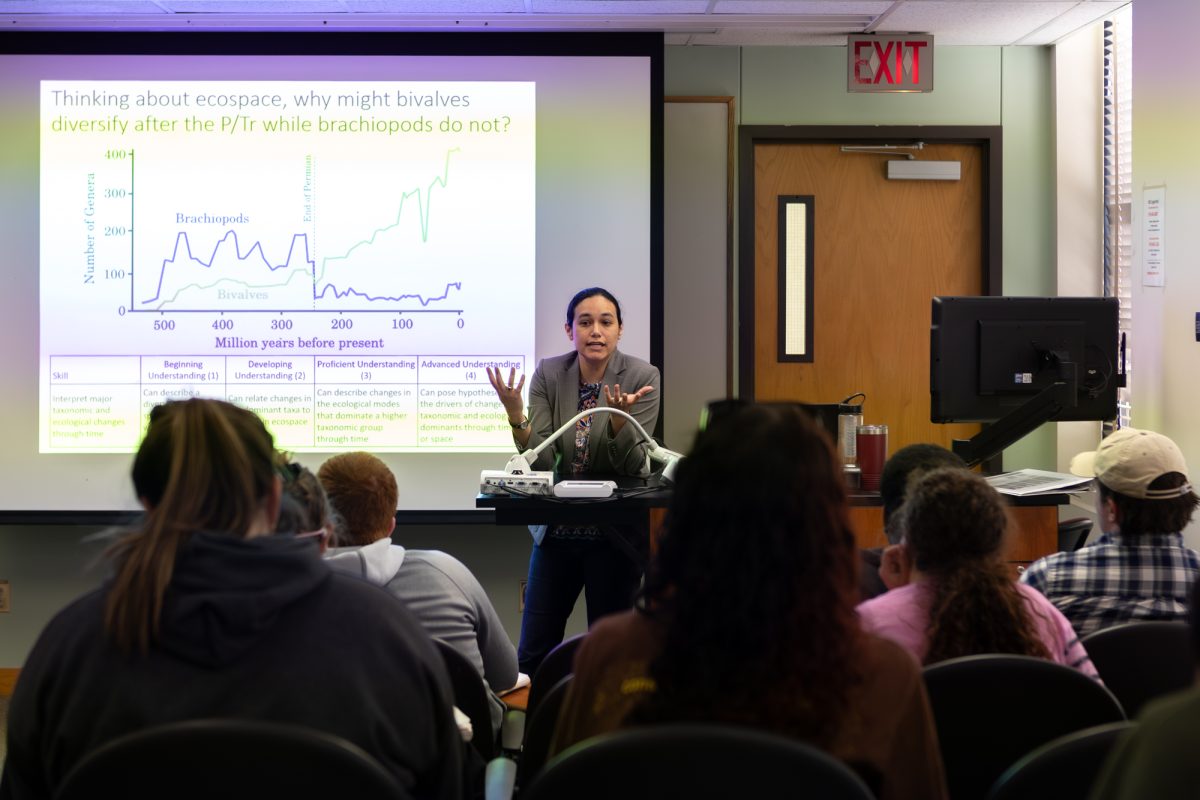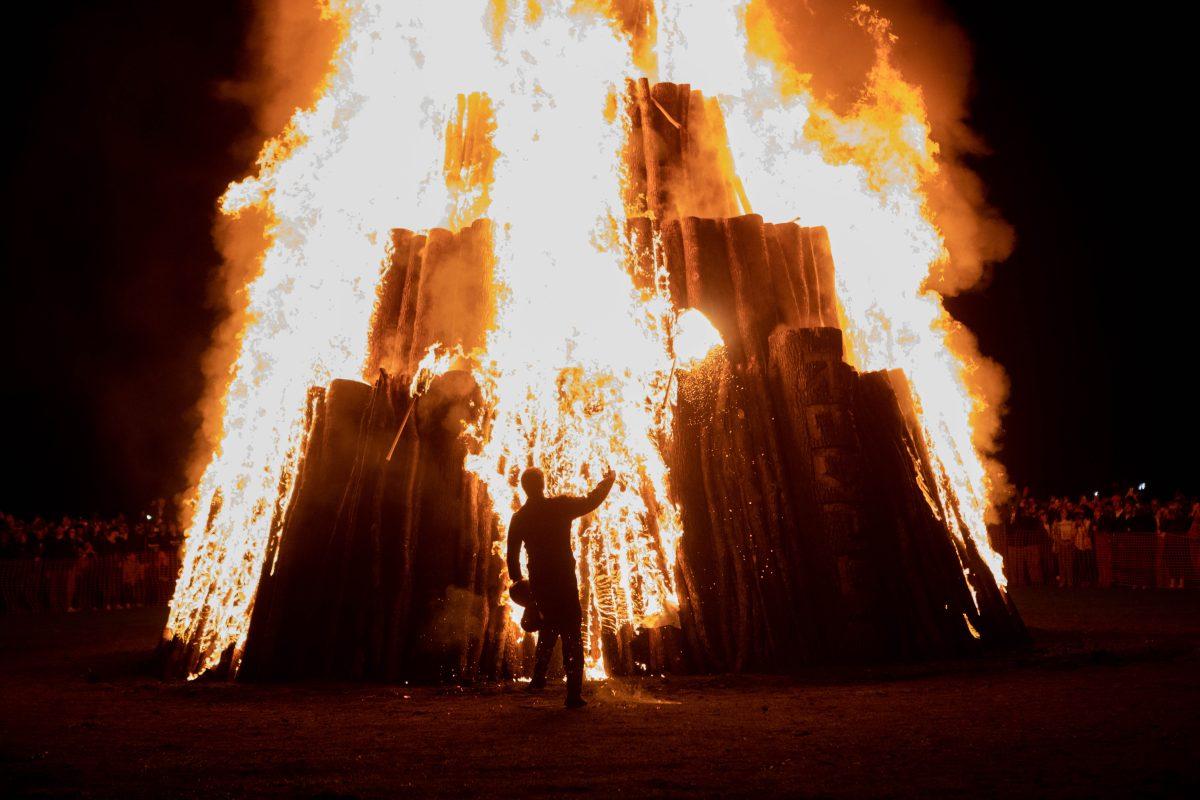Every conceivable aspect of Texas A&M University is bursting at the seams.
Buses: Students stand crammed shoulder-to-shoulder. A lucky minority gets a seat — the rest are herded backward and subject to blaring orders mandating all bags be set on the grimy floor to make more room. Heels meet toes and arms flail at every jolting stop.
Classes: Rows upon rows upon rows of seats aren’t enough, as many students resort to sitting in aisles or random chairs and tables scattered at the back of lecture halls.
Traffic: Whatever Google Maps say the ETA may be, add a good five to 10 minutes. Every Aggie knows patience is a virtue when trying to drive through campus streets — busy crosswalks, hundreds of cars and frequent stoplights make for a frustrating commute.
But what else can be expected from a university of 73,180 students?
As of 2021, A&M is home to more people than the entire population of Greenland. Not only does our university enrollment rank highest in all of Texas, but A&M constantly battles the University of Central Florida to claim the spot as America’s largest public university.
With that being said, increased university attendance is something to be celebrated. Each individual deserves to pursue a higher education, a right that is encouraged today for people of all backgrounds and identities. Considering A&M admission was limited to white males up until the 1960s, the current student body size can be regarded as a sign of progress and changing times.
The issue, however, arises in the fact that, currently, our university simply isn’t equipped to handle the sheer size of attendance. As Aggies continue to pour in — while A&M systems and infrastructure remain the same — students pay the cost.
The points mentioned above — buses, classes, traffic — are only the tip of the iceberg.
To start, A&M barely has enough housing to fit all students. Every semester, housing waitlists displace many applicants to off-campus accommodations or to “overflow” dormitories.
Freshman year, I was placed on the waitlist and waited months to ultimately be assigned a building on the Corp of Cadets quad — an option that wasn’t even advertised. Currently, three corp dorms: Harrington, White and Lacy, serve as “Plan B” housing options when Southside or Northside residence halls reach maximum occupancy. Two of these dorms, White and Lacy, are mixed — two floors for cadets, two floors for non-cadets.
Though this repurposing of space is somewhat creative, the dorms are meant for cadet living conditions — the communal showers, bathrooms and 12’ x 10’ living area starkly contrast other spacious modular dorms. To say I lived a cramped two semesters is an understatement.
It doesn’t end there.
Every semester, the time comes when students have to register for classes. This should be a straightforward process: make a registration worksheet, hit submit during your allotted time and receive a schedule that reflects your choices.
Instead, registration days at A&M are complete mayhem. In order to reduce website traffic and avoid Howdy Portal crashes, students are spaced out and given time windows as early as 5 a.m. Depending on what major or college one is in, sections fill up in the blink of an eye, throwing off carefully planned schedules and leaving many students with no other options than 8 a.m. lectures or 7 p.m. labs.
Those in STEM programs, which compromise a major portion of the student body, especially receive the short end of the stick. Class availability in these majors is infamously elusive, to the point where many students are unable to take courses required for graduation. This results in involuntary super seniors who are forced to endure extra semesters in order to receive their college degree.
Yet another pressing impact of A&M’s overcrowded capacity is the availability of services and resources.
Due to high student demand, the university’s Counseling and Psychological Services, or CAPS, is known for lengthy waiting times and delayed appointments. Similarly, academic advising meetings are difficult to book, with students having to choose dates days or weeks in advance. University parking availability is a hit or miss, even after purchasing parking passes that cost hundreds of dollars. Don’t drive? Take the bus to class — but keep in mind it may be out of service due to reaching max capacity and skip your stop.
All of these services are paid for by tuition or out-of-pocket expenses, yet they are unable to properly meet the needs of the student body. This disparity between supply and demand has an impact on every student’s college journey — one academic advisor meeting could be the deciding factor in a major being dropped or kept. A missed bus could result in a late exam. One CAPS visit could reroute someone’s life.
Our college experience isn’t meant to be a constant battle for basic aspects like dorms, classes and services — thousands of dollars in tuition and attending a nationally renowned university should merit readily available opportunities for all. When graduation dates and student success are put on the line, it’s clear that change is needed.
What does this change look like at A&M? If lowering admissions or creating more class sections sound like worthy solutions, think again.
On the contrary, the leaders of our university have decided that Aggieland needs more students: a goal to be achieved with the “25 by 25” initiative.
“25 by 25” aims to increase engineering enrollment to 25,000 students by 2025. Though the initiative claims progress will be achieved mainly through retention programs, not the addition of more students, the plan’s creation in 2013 was meant to address the “issue” A&M faced in turning away thousands of qualified applicants who would then be recruited by other universities. Monopolizing future engineers is the true goal, it seems.
According to Texas A&M University System Chancellor John Sharp, 25 by 25 is a measure to meet growing demands for engineers and “keep our nation competitive in the global landscape.”
I doubt our nation will benefit from student success and productive learning environments being put at risk. Enhancing “quality and excellence” is a difficult feat when mass admissions disrupt every aspect of our university — from transportation to counseling.
Furthermore, the city of College Station is looking to invest in the development of student-friendly housing in areas surrounding A&M. As an initiative in the “Middle housing proposal,” the city hopes to build residences that are better geared towards students’ needs in terms of density, walkability and amenities.
In an interview with The Battalion, councilwoman Elizabeth Cunha shared insight into the relationship between local housing and student enrollment. “Every time we make more bedrooms, A&M accepts more students,” she said.
In other words, as the Bryan-College Station area expands and provides more off-campus housing options, the number of students at A&M increases in response. Will university infrastructure and systems change to accommodate this growth? As of now, the answer seems to be no.
Though housing, traffic, classes, services and many more factors bear the cost of overwhelming student enrollment, A&M continues to devote time and money to measures that only encourage further population growth.
If only our university could attempt to mitigate these effects or maybe invest the same time and money used to renovate Kyle Field into structural reforms, perhaps progress could be made in improving student life at A&M.
In the meantime, we Aggies will wait. Like sardines in a can.
Ana Sofia Sloane is a political science sophomore and opinion writer for The Battalion.
Opinion: A&M student body is like sardines in a can
October 26, 2022
Donate to The Battalion
Your donation will support the student journalists of Texas A&M University - College Station. Your contribution will allow us to purchase equipment and cover our annual website hosting costs.
About the Contributor

Ana Sofia Sloane, Associate Opinion Editor



























